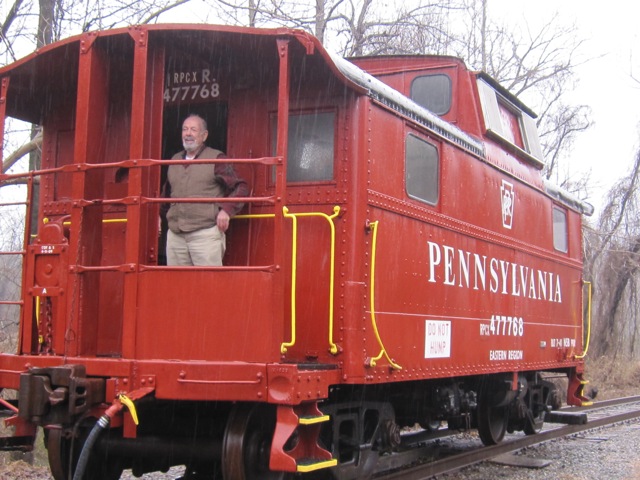John Pfaltz, Professor Emeritus
 Plants, bacteria and other primitive organisms react to their environment,
even though the have no neural system. What is the mechanism?
Plants, bacteria and other primitive organisms react to their environment,
even though the have no neural system. What is the mechanism?
Discrete systems are dynamic, but how do we describe their change?
The calculus doesn't help us here.
Continuity is seldom mentioned when discussing discrete systems.
This is a mistake!
The notion of functional transformations that preserve the structure
of the domain is fundamental to all science.
If a function is "continuous", similar inputs should be mapped
to similar outputs; why do we not ask if computer procedures are "continuous?''
Office: 222 Rice Hall
Office Phone: (804) 982-2222
E-mail: jlp@virginia.edu
US Mail:
Department of
Computer Science
Rice Hall
University of Virginia,
Charlottesville, VA 22904, USA
Current Research:
My current research can be summarized as exploring discrete systems with
a view to biological and social applications.
Of particular interest are systems of interconnected cycles.
Such systems have a rich mathematical structure e.g.
they can be interpreted as matroids; they can be viewed as
semi-lattices of commutative, associative subgroups;
they can be used to uniquely partition the space ofall undirected graphs.
Throughout, we have always been involved with closure systems and their
applications to cognitive science.
These closure systems can provide a formal mechanism for studying the nature of
discrete systems which are the ``stuff'' of cognitive science and many
other empirical scieces.
Moreover, they permit the definition of continuous transformations
which are functions on discrete systems.
When the discrete systems are concept spaces, discrete continuity models a
basic form of learning.
The ADAMS database language represents earlier research,
but it is no longer an active program.
The implemented system is rather unique, and and its suffix based notation
has been carried over into our theoretial research.
Even though we are not expanding the ADAMS program, it has aspects that are
well worth examining.
We will provide source code to those interested in implementing this object
oriented database system.
A comprehensive list of selected publications, including those in the
specific areas of research identified above.
Hobbys:
After retirement, I sought an interesting project.
It was to restore a caboose.
The picture at the top shows its condition when delivered by Norfolk Southern from
the former Knox and Kane.
The picture below shows its appearance before being its being donated to
the Colebrookdale Railroad in Boyertown, PA, where it is currently in regular use.

I also enjoy hiking, camping, and exploring the realm of discrete mathematics.
 Plants, bacteria and other primitive organisms react to their environment,
even though the have no neural system. What is the mechanism?
Plants, bacteria and other primitive organisms react to their environment,
even though the have no neural system. What is the mechanism?
